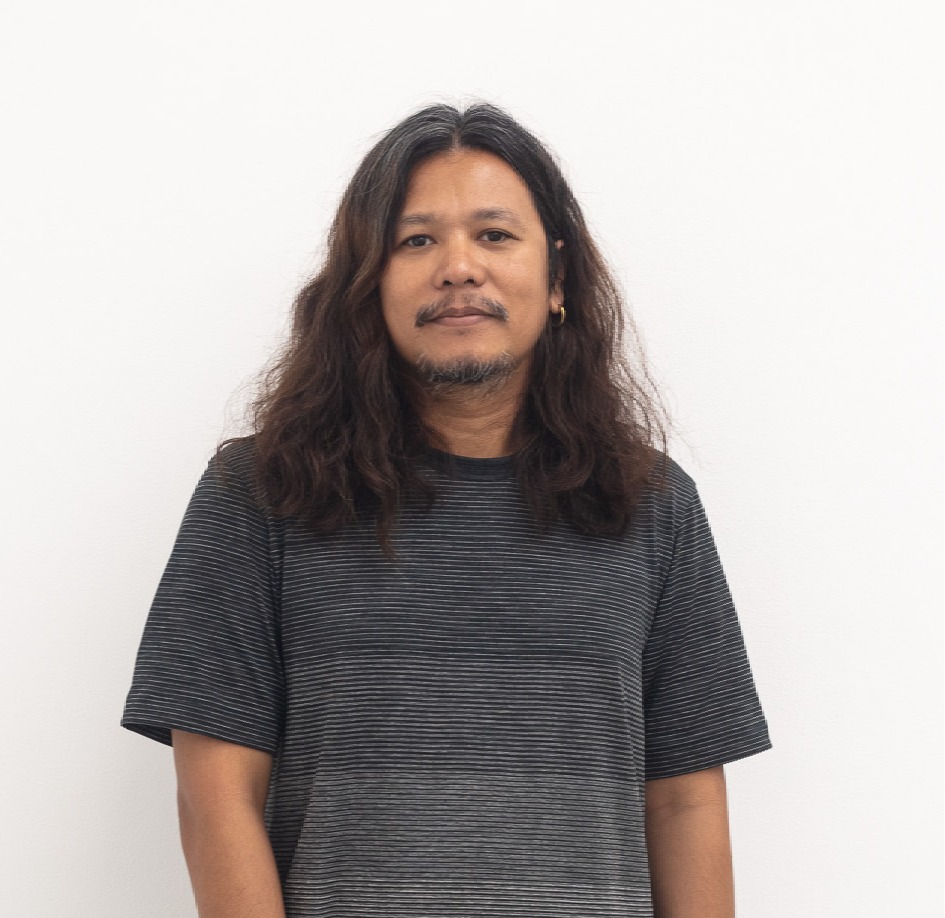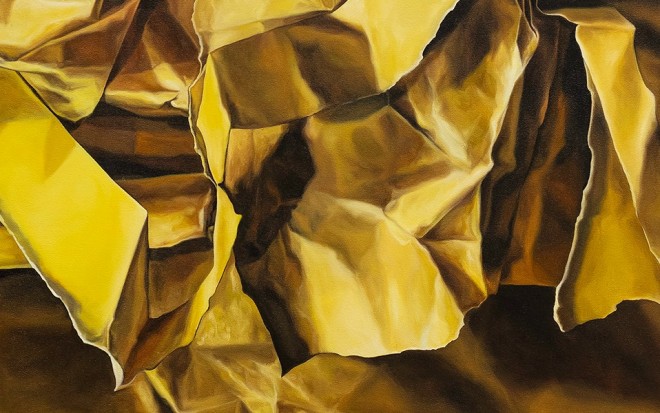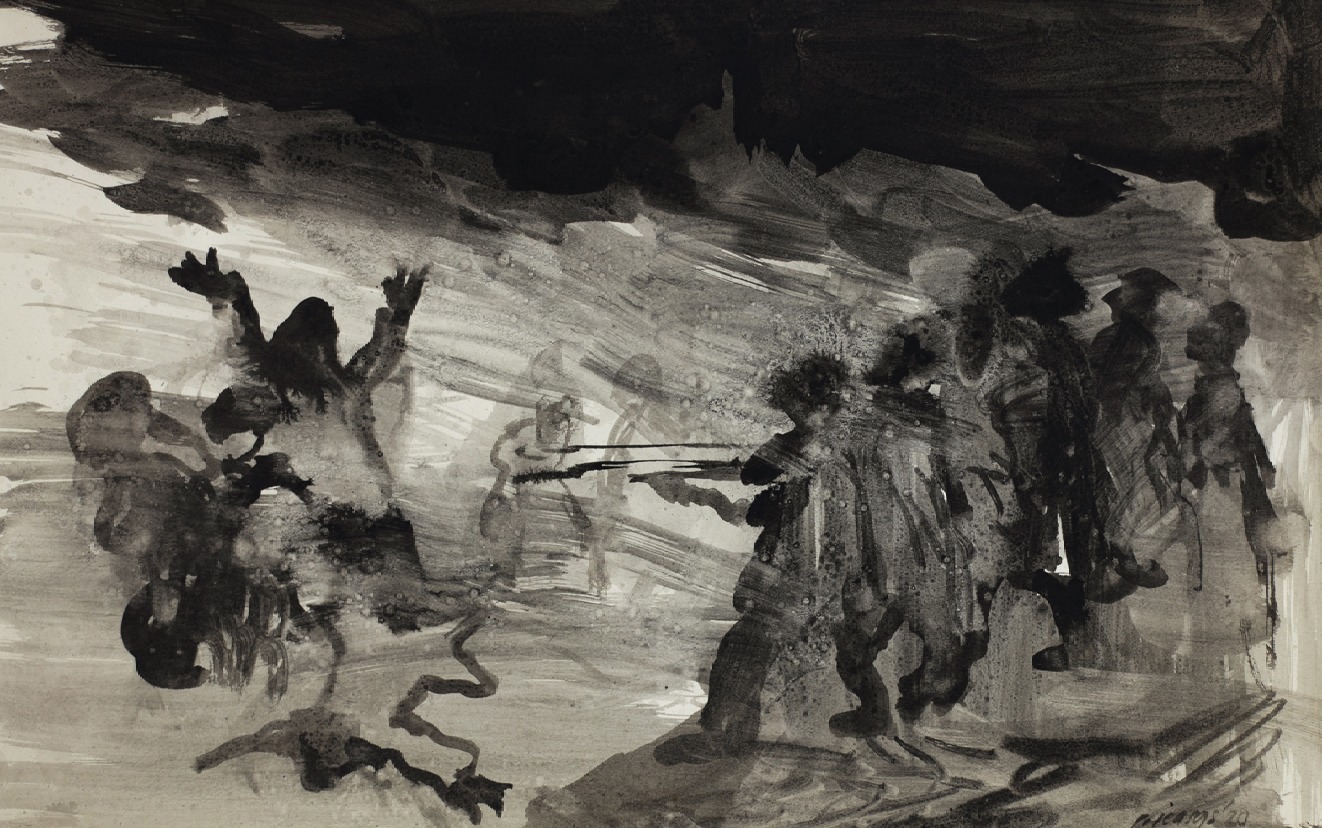
Paolo Icasas
Bio

Often painting scenes inspired from the locales where he resides and works, Paolo Icasas (b. 1981) has veered away from the traditional rural landscapes, usually with accompanying representation of Filipino peasant life, but kept similar sentiments. His paintings are inspired by work, often manual labor, by the daily struggles of the common man, by the uncertainties that always go with living, and by man’s universal longing for rest.
We were first introduced to Paolo Icasas’ darkly lit landscapes in Life Jacket Under Your Seat (2016), an exhibition with Surrounded By Water in Jogjakarta, Indonesia, which was re-exhibited in Blanc Gallery shortly after.
His landscapes were of vacant lots, which he sees as a parallel to manual laborers and the humility of their nature of work, one that does not demand any applause. Having taken over the responsibilities of his late father, particularly being the one in charge of his family’s small construction business, taking his father’s workers under his care, he does not remain an observer but participates in his paintings’ narrative.
His recent works, which revolve around themes of rest and uncertainty, have less urban elements than those that came before. This is influenced by the shift of his place of work from the city to a provincial setting. Still, his landscapes remain strange yet familiar, a place that perhaps one has gone before in life or in a dream, invoking a feeling, a memory, evoking a yearning for home or what used to be such.
Notable are his large-sized paintings, immersive in scale and lushly tactile in texture, with thick strokes and heavy smears of oil paint, sometimes infused with ground charcoal, rough, relief-like. These, he has previously shown in one-man exhibitions in The Cultural Center Of The Philippines and Blanc Gallery respectively.
His recent works, however, have evolved into a different iteration of themselves, not shy to the use of colors, also not shy in its absence. He once achieves the depth in his paintings by continuously adding paint, creating different layers. His recent works achieve this depth predominantly by scraping and scratching in different intensities, and by employing different painting gestures that could be described as similar to lathering, which makes his works characteristically softer and more fluid. Icasas says his process has become more free. Welcoming every accident and loosening his grips for control has made him more forgiving to mistakes, seeing the beauty in them and their contribution to a painting. By letting go of his previous notions of what’s a mistake and what looks beautiful during his painting process, with strokes driven by honesty and truth, he creates the most unadulterated image he is capable of.

